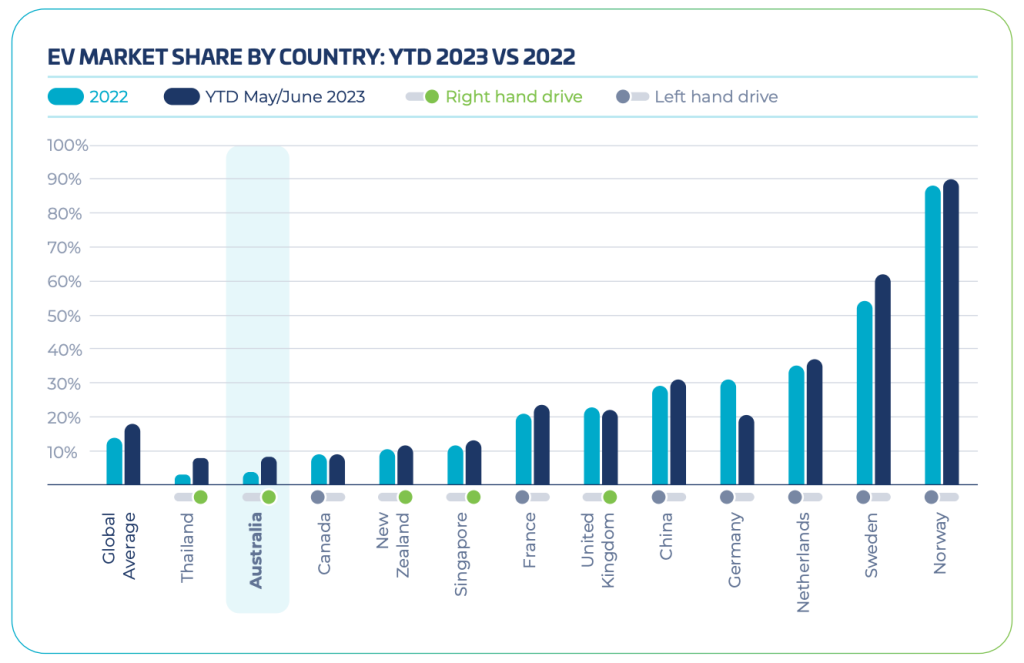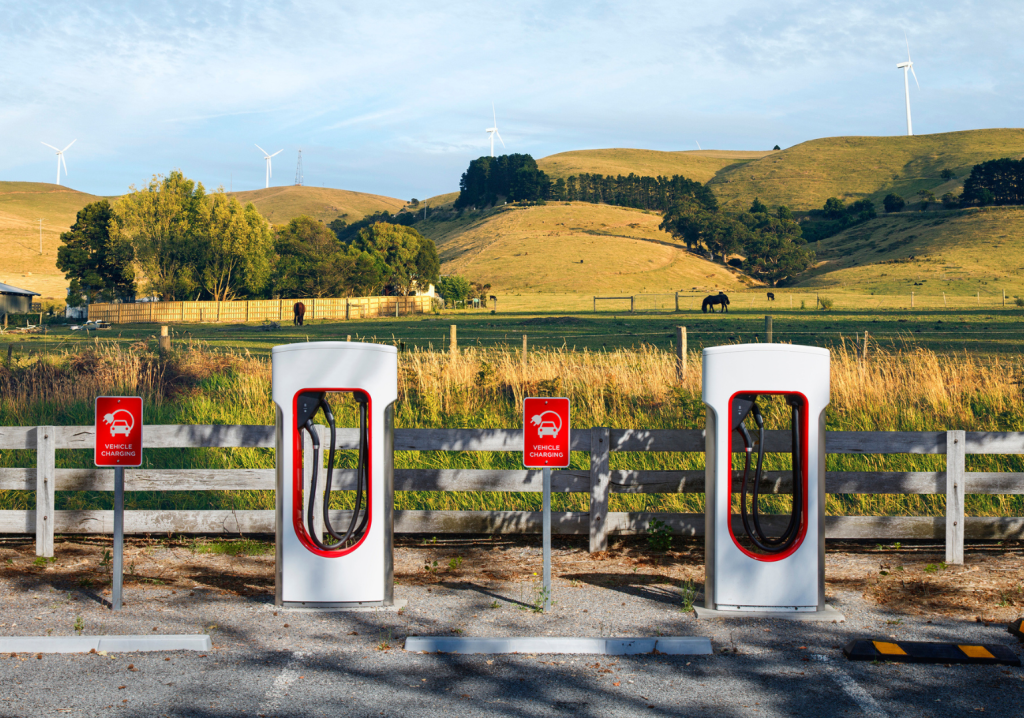Industry bodies respond to the announcement of fuel efficiency standards, and next steps for boosting the uptake of electric vehicles in Australia.
The electric vehicle (EV) industry has been given a much-needed boost.
The Australian government’s announcement of national fuel efficiency standards is designed to ensure that manufacturers guarantee new vehicles sold in this country meet certain efficiency benchmarks.
The government says those benchmarks, which it is terming ‘new vehicle efficiency standards’, will save consumers $1000 a year in fuel costs by 2028 and $17,000 across the life of a vehicle. It also estimates a carbon emissions reduction of 369 million t.
Industry bodies such as the Electric Vehicle Council have welcomed the policy.
“Australia has always been at the back of the queue when it comes to the best and cheapest electric vehicles, because car makers have been incentivised to offer them elsewhere first,” said Electric Vehicle Council CEO Behyad Jafari. “That should end now with this policy, and Australian car buyers should notice the change very quickly.
“By bringing Australia into line with the US and Europe, car manufacturers will now be incentivised to offer Australians their best zero and low emission vehicles. Motorists will still have the choice to buy what they want, but they will be offered much better options to choose from.”
The standards represent not only an economic boon for motorists but also a clear step towards promoting cleaner energy transport options.
According to a mid-2023 report by the Electric Vehicle Council, 8.5 per cent of all new vehicles sold in Australia are electric, up from just 3.8 per cent in 2022.
But compared to countries such as Denmark, Germany and Norway, Australia has a way to go.
The graph below shows the EV market share by country in 2022 and 2023, with Australia behind the global average.

Jafari explained that Australia has been treated as a “dumping ground” for car manufacturers’ least efficient models, an issue the new standards should help to fix.
“Right now Australia is one of only two developed countries without new vehicle efficiency standards,” he said. “Very soon, Russia should be on its own.”
Benefit for all Australians
Engineers Australia also welcomes the policy announcement, flagging it as an essential step towards an emissions-light future.
“This is a very important announcement,” Engineers Australia Senior Policy Advisor Grant Watt told create. “The standards will be a positive step towards prioritising emissions reduction, relieving cost-of-living pressures and improving air quality.
“They will bring Australia into line with other countries in terms of getting access to the best-quality EVs. This should benefit all Australians.”
At the same time, Watt suggested that the standards could have been more ambitious.
In Engineers Australia’s Fuel Efficiency Standard submission, released in May 2023, it was recommended that Australia’s carbon dioxide target should align with that of the European Union — 95 g of carbon dioxide per km for cars in 2024, and aiming for zero emissions by 2035 at the latest.
“The government has opted for comparison with the US standard, which falls short of the EU standard,” Watt explained.
“The government has opted for 141 g of carbon dioxide per km in 2025. Under the most ambitious option it presented, the proposed penalty for not meeting the standard is A$90 per g of carbon dioxide over the limit. In the EU, the penalty is €95 per g of carbon dioxide, or A$157.”
However, Watt explained that, regardless of where the standard starts, the important point is to get a standard in place that lowers over time in line with Australia’s decarbonisation goals.
The fact that the standards are compulsory for new passenger vehicles and light commercial vehicles is promising, with the government supporting the Worldwide Harmonised Light Vehicle Test Procedure, which formed one of Engineers Australia’s recommendations.
“Engineers Australia says the government can be both ambitious and sensible — and one way to do that is to bring forward the starting date currently set for 1 January 2025,” Watt said.
Next steps to boost EV uptake
Fuel efficiency standards may now see the light of day, delighting many EV owners, enthusiasts and supporters — but Australia has not yet reached the end of the road to broader uptake.
Here are the three key areas of focus in the ongoing transition to EVs:
- Charger availability. This is the big one. There could be a million more EVs on the road, but without a more comprehensive charging network for users, the abundance of vehicles is rendered useless. “The standards need to be accompanied by investment in charging infrastructure, which is particularly important for people who do not have off-street parking,” Watt said.
- Grid integration. Equally, it’s no use building up one part of the energy network only to neglect how it integrates with others.
- Nationwide regulation. The Electric Vehicle Council encourages regulators and state governments to ensure nationwide cooperation when recommending requirements for charging equipment installation. “We do not need individual states going it alone,” states the report.
Getting more EVs on the road supports a cleaner and more efficient future. Experience new ways to change the world at a World Engineering Day networking event in a city near you.
